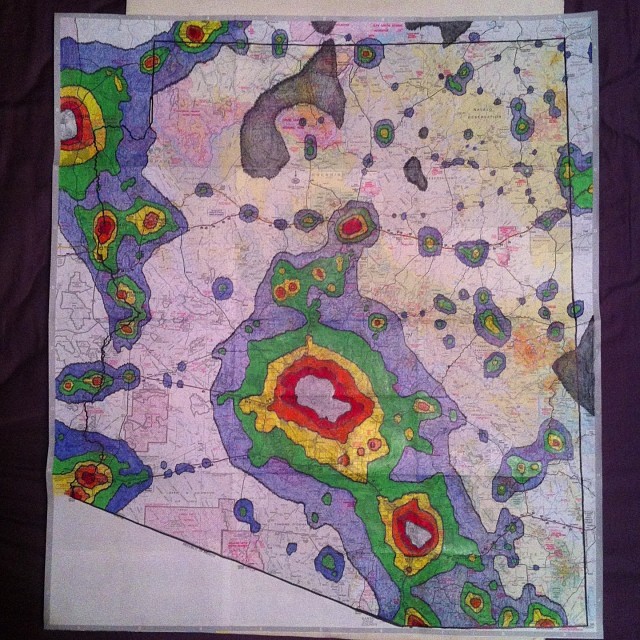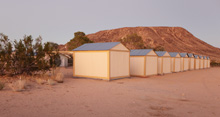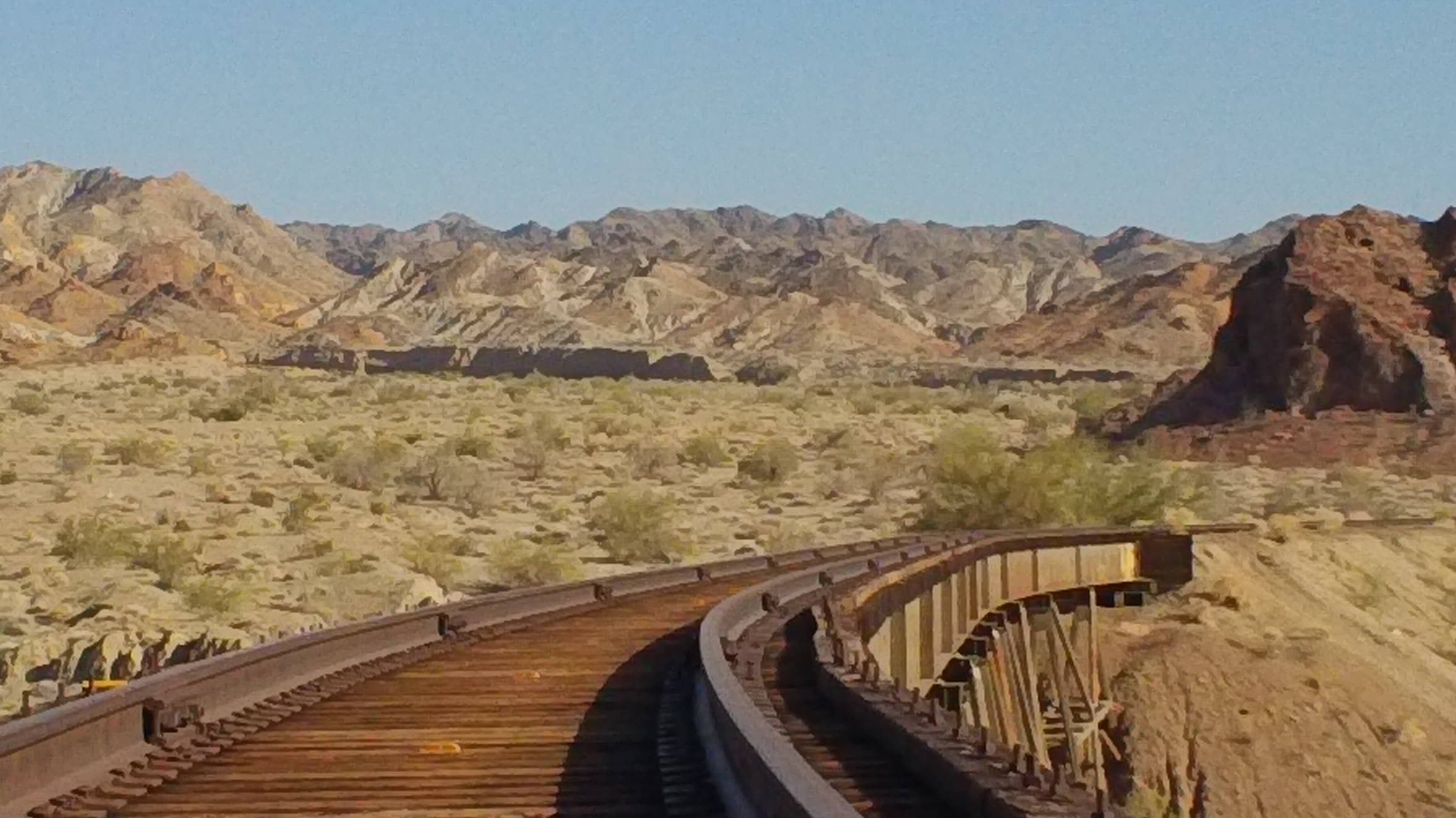Photographic Gold In Lost Dutchman State Park
For
The Young Professional - Congress Edition
Volume 2 Issue 2 – September 2014
A Publication of the Young Professional Network of the National Recreation and Park Association
High up on my list of things to do upon moving back to my hometown in Arizona was to get outdoors, out on the trails in the mountains and attempt to recover a dimly sensed loss of adventure, space, and desolation. In LA, I had unwittingly become a city boy trapped on an island of concrete and steel, crowded in by the throngs of young professionals and sprawling populations of homeless and huddled poor that reside within the piled up boxes and mounds of blanket shanty towns that sprout from the streets at dusk.
I had to get out into the open spaces. I had to break in a new pair of second-hand boots. I had to capture through my camera lens that essence of the land and the wide-open dark skies at night that remind a person of the price of city life – a life removed from the sublime wilderness from which we have arisen only in the last few moments in the history of planet Earth.
That deep geologic time rises sharply out of the desert floor in the form of the Superstition Mountains located east of Phoenix and is one of the most recognizable natural features on the horizon. The towering monolithic slabs were formed 29 million years ago from cooled volcanic ash and magma that spewed from the Earth’s crust and now rise some 3,000 feet above the desert floor¹. A fact communicated silently in the soul of the onlooker as the bald face of the jutting rock melts in deep reds and purples at sunset.
Since 1972, Lost Dutchman State Park has provided the gateway to this gently managed wilderness nestled between the foothill neighborhoods of the city of Apache Junction and Tonto National Forest. The park’s namesake was actually one German-born Jacob Waltz who partnered with a descendent of the Peralta family that originally developed a few prosperous gold mines there in the 1840s and who were subsequently ambushed and killed by Apache Indians ² – according to legend of course. The location of the mines and caches of gold were lost to history and to this day adventurous folk still trek the range among ancient cliff dwelling and petroglyphs in search of his fortune.
Over the next few months of visiting the park I built up my photography portfolio, sought out solitude, and on clear nights waited for darkness to practice my burgeoning obsession with amateur astronomy and astrophotography. In the Spring, recently in town from her globe trotting adventures, a friend and professional photographer chatted with me over some beers about shoots we might plan in the future and when I casually showed her an image I took of the full Moon rising over the Superstitions all soaked in purple dusklight, she got inspired. “I have a few more shots for my photo book that I need to get,” she said. “I’ll postpone driving back to LA for another day…let’s go be art nerds out in the desert!”
 The next night with our combined camera gear, my telescope, and a couple of her friends we caravanned out to the park before sunset to hike about on the Treasure Loop Trail and image some of that late afternoon luster. As the dark crept in and the distant lights of Phoenix lit up the valley below, the desert nightlife began to sound out and we in turn hooted and hollered down the trail making our way to the parking lot where I rambled on about astronomy and set up my telescope.
The next night with our combined camera gear, my telescope, and a couple of her friends we caravanned out to the park before sunset to hike about on the Treasure Loop Trail and image some of that late afternoon luster. As the dark crept in and the distant lights of Phoenix lit up the valley below, the desert nightlife began to sound out and we in turn hooted and hollered down the trail making our way to the parking lot where I rambled on about astronomy and set up my telescope.
Though the skies were free from excessive light pollution, scattered clouds eventually rolled in and blocked most of the stars and Deep Space Objects, but not before I was able to share a close up sight of Saturn and its rings traversing speedily across the field of view of the eyepiece. The girls squealed in delight while trying to snap iPhone photos and must have sounded like a pack of coyotes to any distant park ranger making their rounds. At least that is how I have begun to reassure myself on subsequent trips.
At night, camped outside the park after hours taking multiple long exposure photographs for those iconic star trails images, as the dark night’s silence is pierced by the cries of roving packs of carnivores I just try to imagine pretty girls over-excited about astronomy. Owls hoot, I sip my coffee and try to remain relaxed while my camera shutter clicks away in the darkness.
I suppose folks must be looking in the wrong places because I seem to find a little gold in those hills each time I visit.
Resources:
1 http://www.ajpl.org/aj/superstition/ 2 http://azstateparks.com/Parks/loDU/index.html











